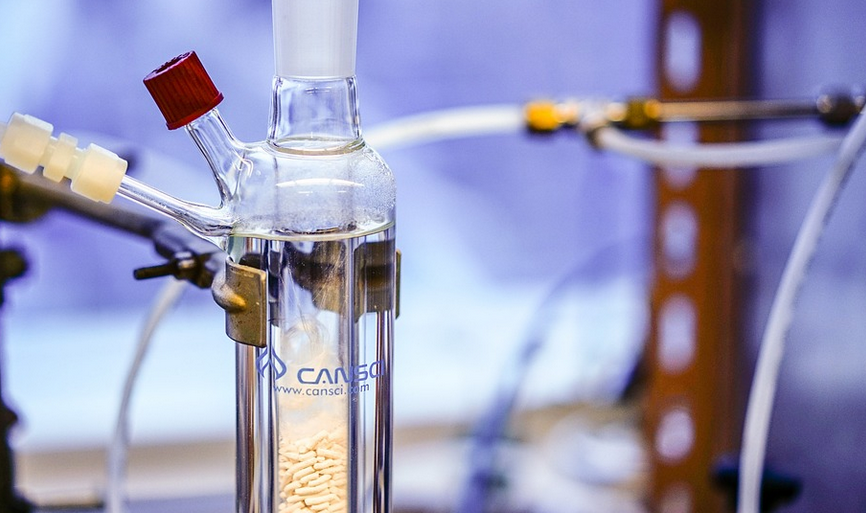Introduction
As students learn about the different types of matter and substances, they must also become familiar with the physical and chemical properties associated with them. A physical property is a characteristic that can be observed or measured without changing the substance’s identity, while a chemical property describes how a substance changes into a new substance when combined with other substances or exposed to certain conditions.
Physical Properties
Color
The color of a substance is a physical property that can be used to identify it. For example, copper has a distinct reddish-brown color, while gold is yellow. However, some substances can change color due to external factors, such as exposure to light or heat.
Density
Density is the measure of how much matter is packed into a specific volume. It is a physical property that can be used to differentiate between substances. For example, lead is denser than aluminum, so a piece of lead will feel heavier than a piece of aluminum of the same size.
Boiling and Melting Points
Boiling and melting points are physical properties that describe the temperature at which a substance transitions from a solid to a liquid or a liquid to a gas. For example, water boils at 100°C and melts at 0°C. These values can be used to identify substances and determine their purity.
Chemical Properties
Flammability
Flammability is a chemical property that describes how easily a substance will ignite and burn. For example, paper is highly flammable, while rocks are not. This property can be used to assess the safety of certain substances and determine their appropriate storage and handling.
Reactivity
Reactivity is a chemical property that describes how readily a substance will react with other substances to form new compounds. For example, sodium is highly reactive and will react violently with water to produce hydrogen gas and sodium hydroxide. This property can be used to predict how a substance will interact with other substances in various settings.
Acidity and Basicity
Acidity and basicity are chemical properties that describe a substance’s ability to donate or accept protons (H+ ions). For example, lemon juice is acidic, while bleach is basic. These properties can be used to assess the usefulness of certain substances for different purposes, such as cleaning or cooking.
Conclusion
Understanding physical and chemical properties is essential for students studying science and chemistry. By learning about these properties, they can identify and differentiate between different substances and predict how they will behave in various settings. By using this physical and chemical properties worksheet answer key, students can test their knowledge and improve their understanding of these important concepts.

